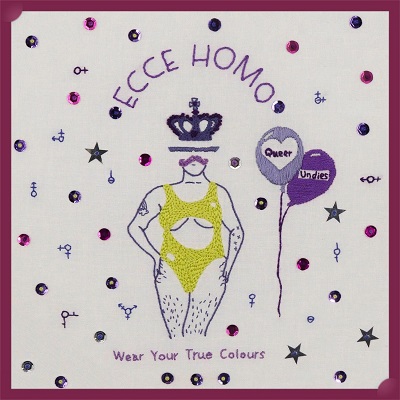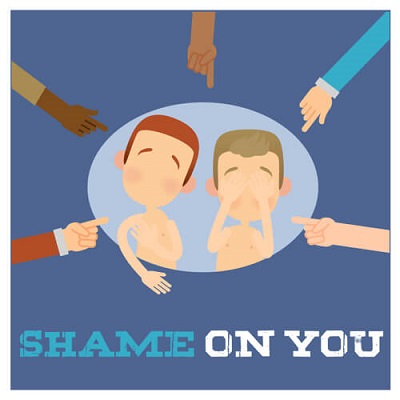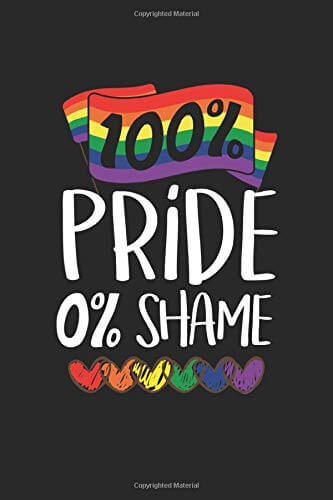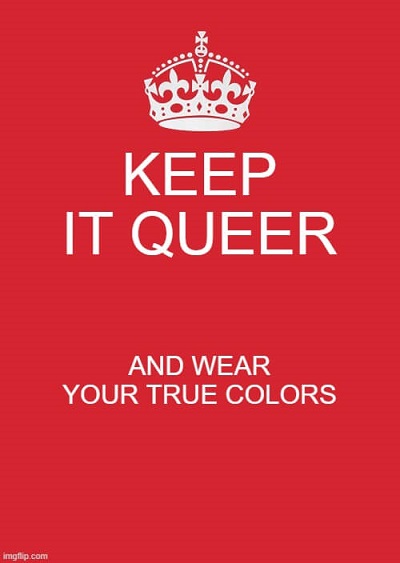I guess every LGBTIQ+ person has googled something like ‘gay t-shirts’ or ‘lesbian undies’ at least once in their lives, myself included. And that’s totally reasonable given the systemic violence homophobia, transphobia and biphobia exert upon queer folks, especially in the form of body policing. One of the most common experiences of body policing one encounters is censoring one’s clothes as ‘too gay’ or ‘too butch’. In other words, queerphobia makes quite literal the everyday metaphorical expression of ‘fashion police’ in which case queer bodies are judged aesthetically against the heteronormative standards mainstream fashion sets.
The body policing hides behind the ostensible neutral or even playful term fashion police, and that is possible exactly because of the specific nature of the judgment cast as such, a judgement perceived primarily in terms of aesthetics. But terms such as beautiful, fashionable, trendy, etc. are far from innocent since there is no statement in terms of aesthetics that does not presuppose implicitly a set of normative ideals of how one should look like. To put it differently, fashion police turns out to be a gender policing, where the categories we use to describe both the clothes and the bodies that wear them point towards unexamined ideas of how a man or a woman should look like, what clothes are perceived as men’s or women’s fashion, and what makes one look handsome or beautiful as a man or a woman.











 Login
Login